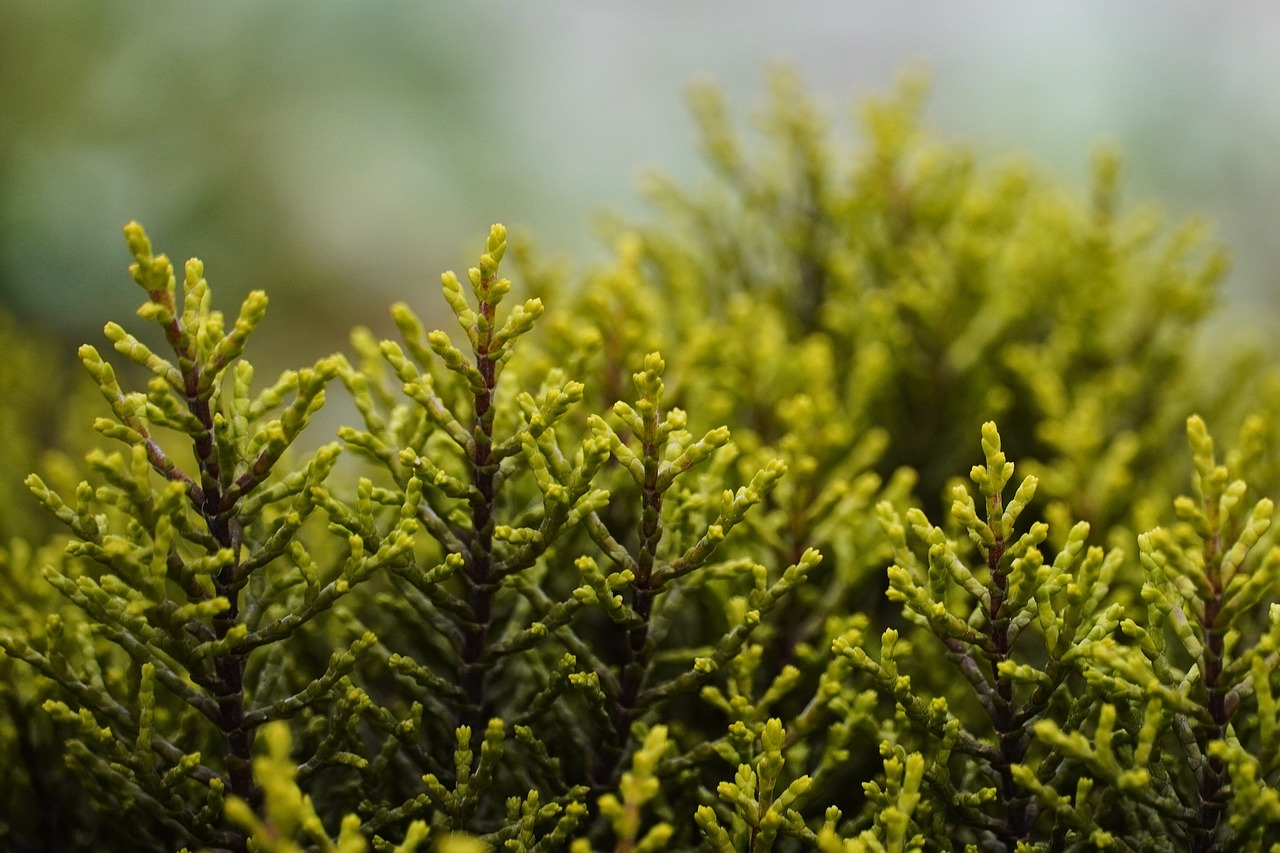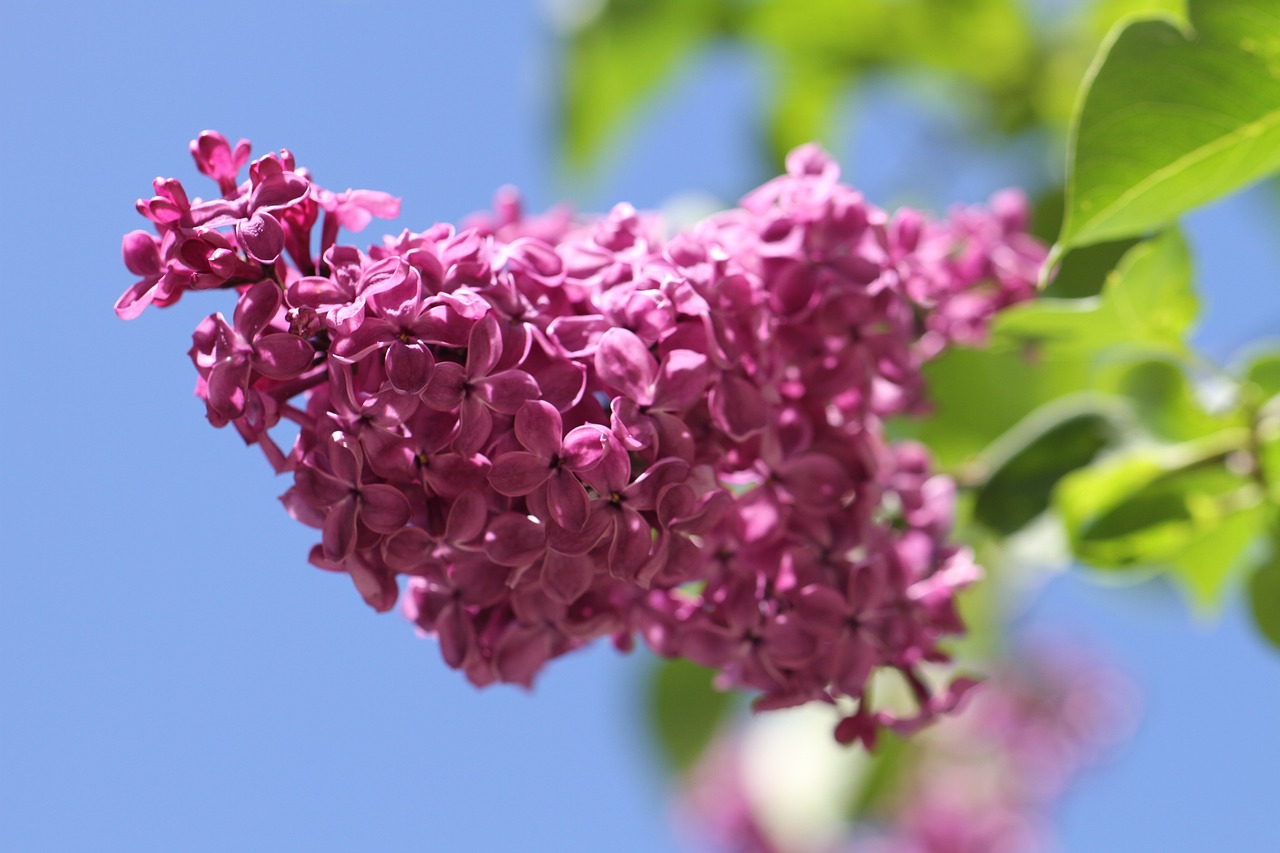Flowering shrubs are a vibrant addition to any garden, providing color and interest throughout the growing season. This guide will explore the best types of flowering shrubs, their care needs, and how to select the right ones for your landscape.
Flowering shrubs come in a variety of shapes, sizes, and colors. They not only enhance the aesthetics of your garden but also provide essential benefits such as attracting pollinators and offering privacy. With careful selection, you can enjoy continuous blooms from spring through fall. Understanding the characteristics of different flowering shrubs is crucial for maximizing their potential in your garden.

Many gardeners appreciate flowering shrubs for their versatility. They can serve as focal points, borders, or even hedges. Additionally, they vary in their blooming periods, ensuring that your garden remains lively and colorful throughout the year. Here are some factors to consider when choosing flowering shrubs:
- Climate: Different shrubs thrive in different climates. It’s essential to select varieties that are suited to your local conditions.
- Sunlight: Some flowering shrubs require full sun, while others prefer partial shade. Assessing the light conditions in your garden is crucial.
- Soil Type: The soil’s pH and drainage capabilities can influence which shrubs will thrive in your garden.
- Size: Consider the mature size of the shrub. Ensure it fits well within your garden space without overcrowding other plants.
Types of Flowering Shrubs
There are numerous types of flowering shrubs available, each with its unique charm and requirements. Below are some popular choices that provide beautiful blooms and can thrive in various conditions.
| Shrub Type | Bloom Time | Light Requirements | Height |
|---|---|---|---|
| Hydrangea | Summer | Partial to Full Sun | 3-10 feet |
| Rhododendron | Spring | Partial Shade | 3-15 feet |
| Forsythia | Early Spring | Full Sun | 3-10 feet |
| Butterfly Bush (Buddleia) | Summer to Fall | Full Sun | 3-10 feet |
| Spiraea | Spring to Summer | Full Sun to Partial Shade | 2-6 feet |
The above table lists just a few examples of flowering shrubs that can bring life and color to your garden. Each type offers different visual appeal and care requirements, allowing you to create a customized landscape that suits your preferences.
When planning a garden with flowering shrubs, consider how they will interact with other plants. Mixing shrubs with perennials, annuals, and ornamental grasses can create a layered effect that enhances the beauty of your outdoor space. Additionally, using a variety of bloom times ensures that you have continuous color throughout the season.
In summary, flowering shrubs are an excellent choice for gardeners looking to add non-stop blooms to their landscapes. With the right selection based on climate, light, and size, you can create a stunning display that will thrive for years to come.
Choosing the Right Flowering Shrubs for Your Garden
Selecting the appropriate flowering shrubs is vital for achieving a flourishing garden. Here are several factors to consider that will help you make informed decisions:
Assessing Your Space
Before choosing flowering shrubs, assess the area where you plan to plant them. Consider the following:
- Available Space: Measure the area to determine how many shrubs you can accommodate without overcrowding.
- Existing Features: Identify any existing trees, structures, or other plants that may affect sunlight and water availability.
- Design Preferences: Think about whether you prefer a formal landscape or a more natural look.
Understanding Blooming Seasons
Different flowering shrubs bloom at various times throughout the year. To maintain continuous blooms, consider selecting shrubs with staggered flowering periods. Here is a brief overview of shrubs categorized by blooming seasons:
Spring Bloomers
- Forsythia
- Rhododendron
- Azalea
Summer Bloomers
- Hydrangea
- Butterfly Bush
- Spiraea
Fall Bloomers
- Chrysanthemum (hardy mum)
- Asters
- Fall-blooming Anemone
By incorporating a mix of these blooming shrubs, you can extend the flowering period in your garden significantly.
Care and Maintenance of Flowering Shrubs

The care requirements of flowering shrubs can vary widely. However, there are some general guidelines that can help ensure their health and vibrancy:
Watering Needs
Proper watering is essential for the growth of flowering shrubs. Here are some tips:
- Newly Planted Shrubs: Water deeply and regularly until established, usually for the first year.
- Established Shrubs: Water during dry spells, particularly in the growing season.
- Drainage: Ensure good drainage to prevent root rot; avoid overwatering.
Fertilization
Fertilizing flowering shrubs helps promote healthy growth and abundant blooms. Follow these recommendations:
- Soil Testing: Conduct a soil test to determine nutrient levels and pH.
- Balanced Fertilizer: Use a balanced fertilizer in early spring as new growth begins.
- Avoid Over-Fertilization: Too much fertilizer can lead to excessive foliage growth at the expense of blooms.
Pruning Techniques
Pruning is an essential part of shrub care that encourages new growth and maintains shape. Here are some key points:
- Timing: Prune at the right time according to the species. Spring bloomers should be pruned after flowering, while summer bloomers can be pruned in late winter or early spring.
- Tools: Use sharp, clean tools to make clean cuts and reduce damage to the plant.
- Aim for Airflow: Prune to promote airflow through the shrub, which helps prevent diseases.
Caring for flowering shrubs may seem daunting at first, but understanding their specific needs can lead to a thriving garden filled with color and beauty throughout the seasons.

Designing with Flowering Shrubs

Incorporating flowering shrubs into your garden design can enhance its visual appeal, provide structure, and create a welcoming atmosphere. Understanding how to effectively use these plants in various landscape designs is key to maximizing their beauty and functionality.
Creating Focal Points
Flowering shrubs can serve as stunning focal points in your garden. When choosing shrubs for this purpose, consider the following:
- Height: Select taller varieties for visibility, such as hydrangeas or rhododendrons, to draw attention.
- Color: Choose vibrant, contrasting colors to stand out against the backdrop of other plants.
- Placement: Position focal point shrubs at key vantage points such as entrances or at the end of paths.
Using Flowering Shrubs in Borders
Borders can define spaces in your garden and enhance overall organization. Here are tips for incorporating flowering shrubs into borders:
- Layering: Use a mix of shrub heights, with taller varieties at the back and shorter ones in front, to create depth.
- Seasonal Interest: Choose shrubs that bloom at different times to maintain color throughout the growing season.
- Complementary Plants: Pair flowering shrubs with perennials and annuals that have similar light and water requirements.
Creating Privacy Screens and Hedges
If you’re looking for privacy in your garden, flowering shrubs can be an effective solution. Consider the following when designing privacy screens:
- Dense Growth: Select shrubs known for their dense foliage, such as privet or boxwood, which can effectively block views.
- Height Considerations: Choose varieties that meet your height requirements for privacy without overwhelming your space.
- Regular Maintenance: Ensure regular pruning to maintain the desired shape and density of the hedge.
Companion Planting with Flowering Shrubs
Companion planting involves using different plants together to enhance growth and health. Flowering shrubs can benefit from companion plants in several ways:
Attracting Pollinators
Many flowering shrubs attract bees, butterflies, and other pollinators. Pairing these shrubs with specific plants can further enhance this effect:
- Lavender: This fragrant perennial attracts a variety of pollinators and complements many flowering shrubs.
- Echinacea (Coneflower): Its bright blooms draw pollinators and provide a beautiful contrast to flowering shrubs.
- Salvia: This hardy plant attracts hummingbirds and can thrive alongside many shrub varieties.
Pest Control
Companion planting can also help deter pests that may harm your flowering shrubs. Consider these options:
- Nasturtium: This annual can repel aphids and other pests while providing a splash of color.
- Marigolds: Known for their pest-repelling properties, marigolds can help protect nearby flowering shrubs.
- Basil: This herb not only repels certain pests but also enhances the flavor of nearby vegetables if planted together.
By designing thoughtfully with flowering shrubs and considering companion planting strategies, you can create a thriving garden that is both beautiful and functional. Understanding how these elements work together will lead to a more vibrant landscape filled with life and color.
Seasonal Considerations for Flowering Shrubs
When planning your garden with flowering shrubs, it is essential to consider seasonal changes. Different seasons bring unique challenges and opportunities for plant care and maintenance. Understanding these seasonal dynamics can help ensure that your shrubs thrive year-round.
Spring Care
Spring is a crucial time for flowering shrubs as they awaken from dormancy. Here are some key tasks to prioritize:
- Pruning: As mentioned earlier, spring bloomers should be pruned shortly after they finish flowering. This helps promote new growth and encourages robust blooming in the following year.
- Fertilization: Applying a balanced fertilizer in early spring will support new growth and flowering.
- Mulching: Adding a layer of mulch helps retain moisture and suppress weeds, providing a favorable environment for growth.
Summer Care
During the summer, flowering shrubs require consistent care to maintain their vibrancy:
- Watering: Ensure that shrubs receive adequate water during dry spells. Deep watering encourages root growth.
- Pest Monitoring: Keep an eye out for pests and diseases. Early detection and intervention can prevent significant damage.
- Deadheading: Removing spent flowers can encourage additional blooming in some species.
Fall Preparation
As the growing season comes to an end, focus on preparing your shrubs for winter:
- Last Pruning: For summer-blooming shrubs, late fall is a good time to prune and shape them before the dormant season.
- Winter Protection: In colder climates, consider wrapping or mulching around the base of shrubs to protect roots from freezing temperatures.
Winter Care
Winter can be harsh on flowering shrubs, but proper care can minimize damage:
- Snow Management: Gently brush off heavy snow accumulation from branches to prevent breakage.
- Watering Needs: If the winter is dry, ensure that your shrubs receive water during warmer spells when the ground is not frozen.
Final Thoughts
Flowering shrubs are a valuable addition to any garden due to their beauty, versatility, and ecological benefits. Understanding the various types available, their care requirements, and how to incorporate them into your landscape design can create an extraordinary outdoor space filled with color and life. With proper planning, maintenance, and seasonal care, you can enjoy non-stop blooms throughout the growing season.
Whether you are a seasoned gardener or just starting, embracing the world of flowering shrubs opens up possibilities for creativity and expression in your gardening journey. The joy of watching these plants thrive and blossom will undoubtedly enhance your gardening experience. As you explore different varieties and design techniques, remember that each shrub holds the promise of beauty, fragrance, and the delight of nature right in your backyard.
In conclusion, investing time and effort into selecting and caring for flowering shrubs will yield bountiful rewards in terms of aesthetics and enjoyment. Let your garden flourish with these stunning plants, creating a sanctuary that reflects your personal style while supporting local wildlife.
